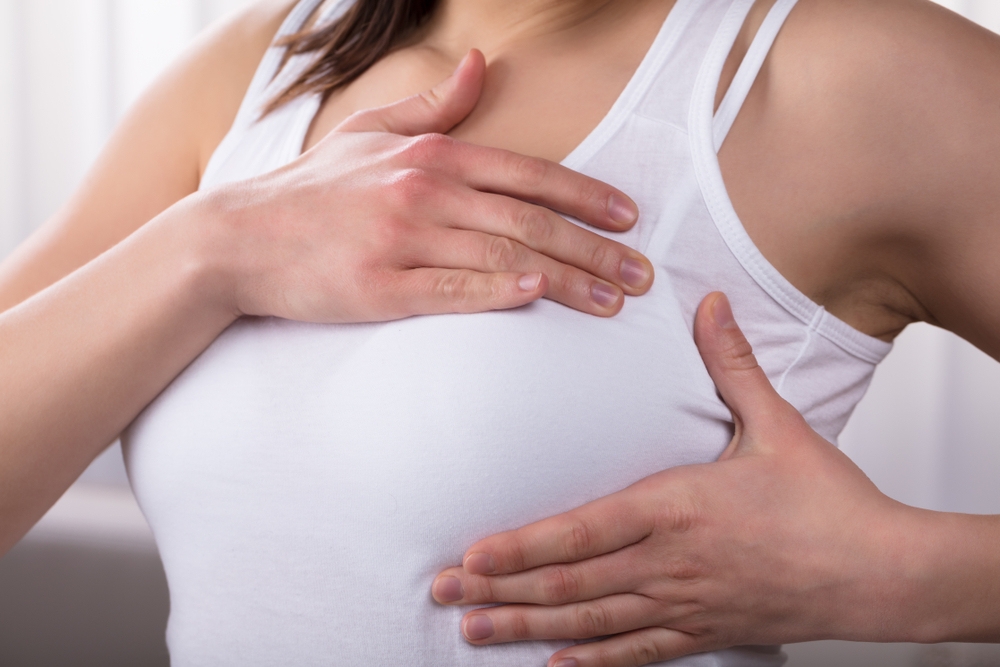
Hello everyone, I am Sun Yi Jojo, a female obstetrician and gynecologist.
Recently, a patient complained to Jojo that he was always uncomfortable and had recurrent vaginitis, almost four times a year.
After examination, the full name of the vaginitis she suffered from was [recurrent mycotic vaginitis]. Not only girls can be infected with this kind of mold, but also men can be infected with this kind of mold.
It’s an eye-opener. Can there be such an operation?
You are not wrong, men are really likely to suffer from some gynecological diseases!
So today, Jojo will talk to you about the gynecological diseases that men will also suffer from.
Breast cancer
As the killer of female cancer No.1, breast cancer is often misunderstood as a disease that only women can get.
However, the study found that about 0.5% ~ 1% of breast cancer occurs in men. In Tanzania and Central Africa, male breast cancer even accounts for 6% of all breast cancer patients.
So, which men are at high risk of breast cancer?
1. Family history of breast cancer in first-degree relatives,
Most of them are caused by known genetic autosomes-dominant breast cancer or ovarian oncogenes, the most famous of which are BRCA1 and BRCA2.
Perhaps everyone has heard about them. Back then, a famous foreign movie star chose mastectomy because he carried this gene.
2. Abnormal ratio of estrogen to androgen
Excessive estrogen stimulation is a high risk factor for male breast cancer.
For example, liver dysfunction, obesity, marijuana use, thyroid diseases or Crohnfeld syndrome and other factors will cause male estrogen to increase and become a hidden danger of breast cancer.
3. Primary testicular disease
For example, orchitis, testicular failure and testicular injury, which reduce androgen synthesis and lead to imbalance of estrogen and androgen ratio, are also high-risk groups for breast cancer.
However, after hearing this, don’t worry too much. The incidence rate of breast cancer in men is far lower than that in women, and the onset age of men is often older.
95% of men were still at an early stage when breast cancer was diagnosed, and only 3.8% of men with breast cancer found metastasis.
In addition, most male patients with early breast cancer can accept breast resection with great ease, after all, there are no breasts.

Mycotic inflammation
This is the familiar mycotic vaginitis. What we commonly call mold is actually Candida.
Under normal circumstances, Candida species can be detected in the vaginas of 10% ~ 20% of healthy women of childbearing age and 6% ~ 7% of menopausal women.
The study found that 55% of 25-year-old women have been infected at least once. However, treatment is only needed when it causes vulvovaginal inflammation.
However, mold infection of genitals is not exclusive to women.
Male compatriots can also be infected with Candida and cause inflammatory diseases, such as penis inflammation or penis head dermatitis.
In the United States, head penis inflammation accounts for 11% of male urological patients and also requires treatment.

HPV infection
The study found that 80% of women have been infected with HPV in their lifetime, but most of them are transient infections.
We are already familiar with the saying that persistent infection of high-risk HPV in women may lead to cervical cancer. As a result, everyone now has the illusion that HPV is a disease that only women can infect and cause genital diseases.
But in fact, men are also infected with HPV.
HPV is mostly transmitted through sex, but it is not a sexually transmitted disease. Male is an important transmission medium and infection source of HPV.
35% ~ 40% of penile cancers are caused by HPV16 and 18 types of infection, another 70% ~ 80% of penile cancers are caused by other types of HPV infection, and some penile cancers are HPV negative. Low-risk HPV infection may also cause genital warts, namely condyloma acuminatum.
In addition, in the latest edition of Obstetrics and Gynecology, it is clearly written:
Men with high-risk sexual partners who have suffered from cervical cancer are also vulnerable to cervical cancer if they have sexual contact with other women.
To sum up, it is very meaningful for teenagers and young adult males to be vaccinated with HPV vaccine.
It is reported that after HPV vaccination in the United States from 2011 to 2013, the infection rate of HPV6, 11, 16 and 18 among women aged 14 to 19 decreased by 71% compared with 2003 to 2006, and the prevalence rate of HPV among women aged 20 to 24 decreased by 61%.
Therefore, in Europe and the United States, men and women alike recommend HPV vaccination at the age of 11-12.
As for STD (Sexually Transmitted Diseases) that other girls will suffer from, it is a sexually transmitted disease, which is likely to be suffered by both men and women, and will not be described.
